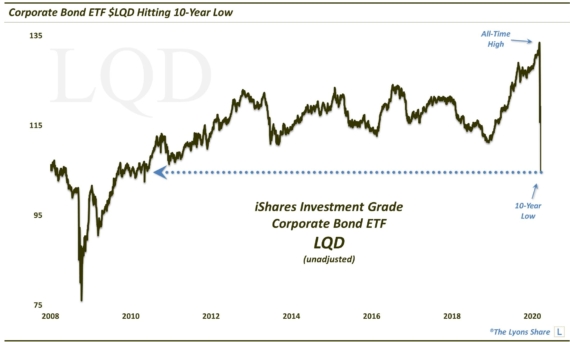Can European stocks take the mantle from the U.S.?

Over the past few years, the U.S. has borne much of the weight in terms of global equities. Except for India and just recently, China, emerging markets have struggled. And while other developed markets like Japan have had their moments, they have been inconsistent performers. The U.S., though, has been a rock. Using the S&P 500 as a gauge, U.S. stocks are up nearly 50% since the beginning of 2013, with nary a 10% correction along the way. At this point, however, the U.S. rally may be getting a bit overdone. From a longer-term perspective, we are beginning to see worrisome signs in terms of valuation, investor allocations, sentiment and simply overheated prices. These concerns do not necessarily mean the end of the road for the rally. U.S. stocks may merely need a breather. And if another region is to take the leadership baton from the U.S., a case can be made for that new leader being Europe.
The continent certainly faces significant challenges from an economic perspective. Massive debt and funding Issues involving Greece and other PIIGS (and non-PIIGS) have been well-documented. These are not going to go away easily. The European Central Bank’s recently launched quantitative easing program has generated a lot of excitement, at least for its potential to aid financial markets if not cure its economic ills. This piece is not a comment about the potential of the QE program or anything regarding Europe’s economic prospects. We take a quantitative approach to analyzing financial markets and from that perspective, the action in stock markets across the continent has been extremely favorable. Indeed, we have posted several pieces over the past few months highlighting the positive developments taking place in the European equity markets (including this January 20 post, European Stocks Set To Blast Higher?). And from one standpoint, the move in European stocks may just be getting started.
Using the U.S. rally over the past several years as a guide, the case can be made that the European rally has much further to go. Up until the U.S. rally accelerated 2 years ago, stocks in the U.S. and Europe had been tracking each other fairly closely since the beginning of the millennium, using the broad S&P 500 and Dow Jones STOXX Europe 600 as barometers. Each of the indices formed proximate peaks in 2000 and 2007. More recently, however, the relationship broke down. While the U.S. broke out to new all-time highs in 2013, the STOXX 600 has remained below its prior highs – until this past week.
The STOXX 600 has finally reached the 400 level which marked the 2000 and 2007 tops. Should it be successful in breaking out to all-time highs, it may have considerable potential upside IF we can use the move in the S&P 500 as a guide. Of course, this is a big “if” since all markets across all time frames are unique in their circumstances. However, a move above such a major 15-year multiple top would be a breakout of great significance. The S&P 500 was finally able to top its former highs around 1550 two years ago. It is currently trading around the 2100 level. A similar move in the STOXX 600 would put it at the 540 level, or up some 35%.

Of course, even if the STOXX 600 is to follow the path of the S&P 500 to considerable new highs, we cannot expect it to be a straight line. With the index up some 20% just since our January 20 post and just now bumping all-time highs, we can expect the STOXX 600 to take a bit of a breather (which we mentioned earlier this week: UPDATE: European Stocks Hit The Target). There are certainly enough markets across the continent that are “working” right now, though, to allow for a pause in the broad 600. These include the core European markets like Germany and France, Northern European markets and even some of the PIIGS. Lastly, one market that has not yet broken out but has already taken a breather is the London FTSE.
After a temporary breather, a push to all-time highs in the STOXX 600 would be welcomed news for European stocks and the rest of the world, including the U.S. Because speaking of breathers, after carrying the weight of the equity world for the better part of two years, the U.S. stock market has earned one. A pause here would not be a bad thing for U.S. stocks. The market has gotten a little ahead of itself during this historic 2-year run. It would be to the U.S.’ benefit if other regions around the world step up to take the baton. A rotation of leadership elsewhere in the world may work to prolong the overall rising global equity tide should the U.S. cool off for a bit. That tide could keep the U.S. equity boat afloat while it pauses instead of having it succumb to something more serious.
And the region poised to take over that mantle of leadership may just be Europe.
__________
More from Dana Lyons, JLFMI and My401kPro.
The commentary included in this blog is provided for informational purposes only. It does not constitute a recommendation to invest in any specific investment product or service. Proper due diligence should be performed before investing in any investment vehicle. There is a risk of loss involved in all investments.


